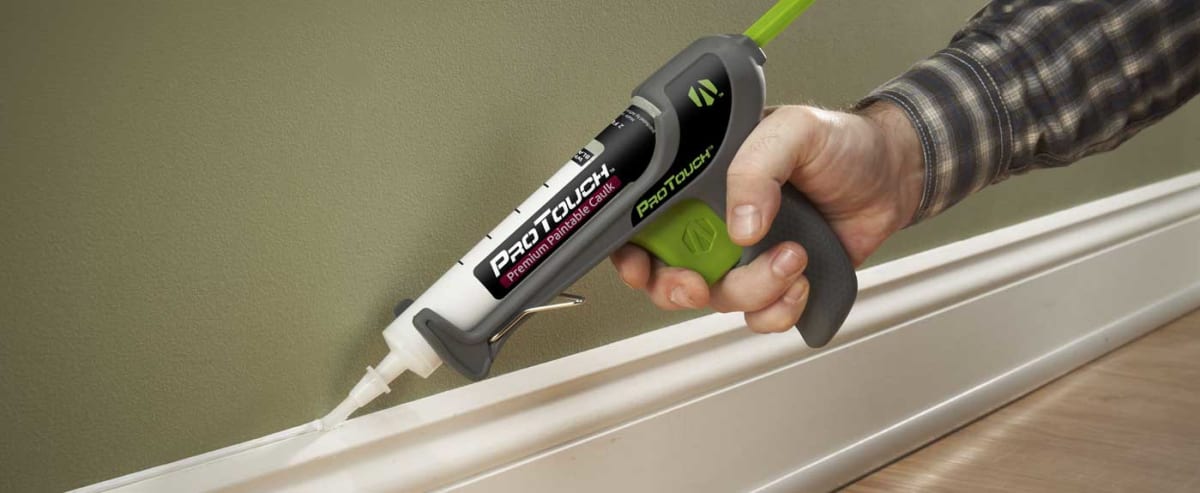A Cost of Sealant Services: What's Fair and What to Anticipate

Regarding maintaining your home, caulking may not be the first service that comes to mind, but its significance can't be overstated. Skilled caulking offers a vital line of defense against water damage, energy loss, and even vermin invasions. Many property owners overlook the potential consequences of cracked or worn caulking, but neglecting it can lead to costly repairs down the line. In this article, we will explore the costs associated with caulking services, what constitutes a fair price, and what you can expect during the process.
Grasping the subtleties of caulking can enable you to make educated decisions about your home maintenance. From spotting the signs that it’s time to update your old caulking to learning the types of caulking suited for various surfaces, we will analyze how adequate caulking not only uplifts your home’s aesthetic but also considerably enhances its energy efficiency. Whether you’re considering a DIY approach or selecting professional services, this article will direct you through the basics of caulking and its enduring advantages for your property.
The Value of Sealing
Sealing plays a critical role in protecting the condition of your home. It acts as a barrier that seals gaps and joints around windows, entrances, and other areas. This seal is important in preventing air leaks, which can lead to increased energy costs and a more uncomfortable living environment. Without proper caulking, your home may become more exposed to extreme temperature changes and drafts, influencing overall energy efficiency and comfort.
In furthermore to its energy-saving advantages, caulking is vital for protecting your home from water damage. Water intrusion can cause considerable damage over time, causing mold, mildew, and construction problems. By successfully sealing openings, caulking helps keep water out, safeguarding your interior walls, flooring, and foundation from the harmful impact of water. Maintaining quality caulking in these areas is therefore essential for long-term protection and comfort.
An often-overlooked aspect of caulking is its impact to the aesthetic appeal of your home. Well-maintained caulking enhances caulking melbourne of windows and entrances, providing a polished and complete appearance. On the other hand, broken or flaking sealing can detract from your home's exterior, making it appear neglected. Routine care of your sealing not only protects the structural and functional aspects of your property but also makes certain that it remains attractive.
Signs to Recaulk

With time, caulk can degrade because of exposure to weather elements and temperature fluctuations. One of the first signs that it’s time to recaulking is obvious cracking or peeling. If you spot spaces forming between the caulk and the material it’s meant to protect, this is a definitive indicator that the caulk is no longer functioning effectively. Examine areas around windows and entrances, as well as seams in restrooms and kitchens, for such signs of damage.
Another sign, to watch for is damage from water or discoloration on interior walls and ceilings and ceilings, which can occur when the caulking has not been effective to provide a sufficient seal. If you detect any signs of wetness or fungus in these areas, it may mean that moisture is seeping in due to damaged caulking. This not only affects the look of your home but also leads to costly repairs if left unaddressed.
Lastly, consider the energy performance of your home. If you find yourself constantly modifying your heating controls or notice a draft coming from windows and doors and entrances, it might indicate that your sealant is no longer effective. Recaulking can help improve the seal, improving energy efficiency and potentially lowering your energy expenses. Keeping an eye on these signs can help preserve the integrity and comfort of your home.
DIY vs. Professional Caulking
When considering whether to tackle caulking as a do-it-yourself project or hire a professional service, it is crucial to assess your abilities and the complexity of the job. DIY caulking can save money, but it also demands a careful touch, an understanding of the materials, and the ability to adhere to proper techniques. Many homeowners have had positive results with DIY projects, particularly in simple areas like bathroom fixtures or trim. However, lacking proper knowledge, mistakes can lead to poor sealing and further issues down the line.
Conversely, expert caulking solutions bring expertise and experience to the job. Trained professionals can guarantee that the appropriate kind of caulk is used for each particular application, whether it is for inside or outside projects. They also have availability of high-quality materials and the proper tools, which can greatly improve the final product's overall outcome. Additionally, professionals can identify underlying problems, such as mold or damage that may go unnoticed by an untrained eye, providing a thorough solution than just applying caulk.
In the end, the decision between DIY and hiring a specialist will hinge on the scope of your project and your comfort level with home fixes. For small and simple jobs, DIY might suffice, while bigger or more complex jobs are often better suited to those with the appropriate skills and experience. Considering the long-term advantages and potential cost savings against the risk of inadequate installation can assist you make an informed choice.
